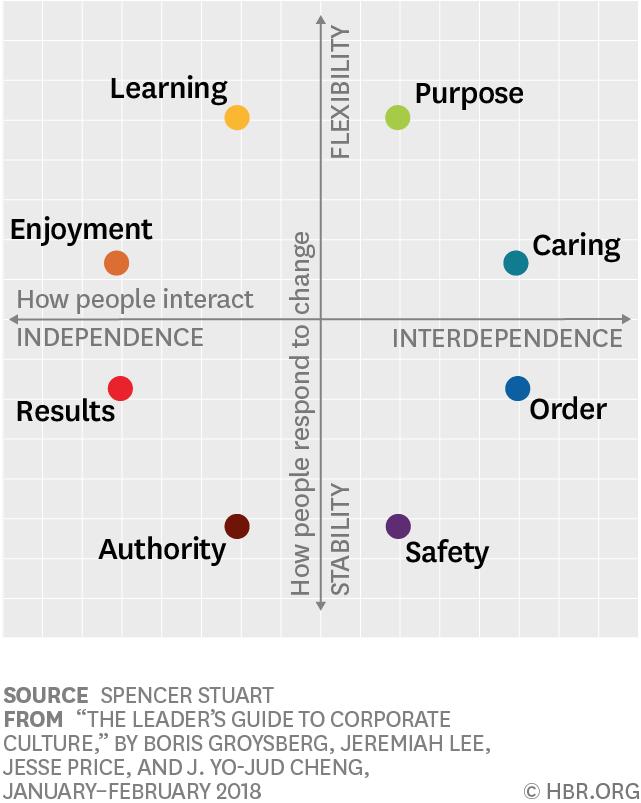We spend most of our awake hours working with our colleagues. Even more so than the time we spend with our loved ones. Having the right company culture is paramount to maintain a productive workforce.
A strong company culture is a competitive advantage for recruiting and retaining talent. Linguistically, a company is an organization of people. When smart people work together and care about company success, magic happens.
Functionally, there are three types of corporate cultures.
- Competitive
- Team-oriented
- Autonomous
Competitive
Competitive cultures are unique. Almost all companies are externally competitive. It’s the internal competition within a company that needs to be managed carefully.
Companies that reward individual performance often have binary outcomes: winning and losing. Sales departments are a good example. We often see this at car dealerships. Top sales folks get their own office, secure more internet leads, get to speak at car launch events, list goes on.
The alternative to a strict competitive culture is a collaborative or cooperate corporate culture. Consulting firms and investment banks are good examples. Employees are typically type A personalities that have a track record of high achievement. They drive complex projects forward, work long hours and ensure they represent themselves and their company well. Think of McKinsey or Goldman Sachs.
Team
Team oriented cultures thrive on everyone collaborating and working together. Creative production studios, theater, sports team (from basketball to Formula 1). This type of culture is discussed and encourage in most organizations. Think of Starbucks or Mercedes Formula 1 race team. Starbucks preaches “we” not “me.” Mercedes has a star driver, Lewis Hamilton, who gets the glory when they win a Grand Prix, but every time his car pulls up at a pit stop, he has 15+ people engaged that have to change all 4 tires in 2 seconds or less. Plus another 500+ people working on the car, aerodynamics, R&D, etc throughout the year. It’s the epitome of team work supported by the main character.
Autonomous
Sometime the best work comes from people when you leave them alone. Think of Pixar or Netflix. These organizations typically leave their production and creative teams alone. Enable them to come up with the wildest ideas that they can push into production. These teams exist to push our imagination beyond limits.
This is typically the hardest type of corporate culture to activate and one that requires substantial discipline. It’s easier for smaller teams / companies to push for autonomous culture, but much harder for larger organizations.
What’s the right culture for you?
This is highly dependent on the sector and vertical you’re operating in. If you run a sales org, then lean into collaboratively competitive. If you run a movie studio, then consider autonomous. Most companies focus on team oriented. “We win together, not alone.”
The type of culture you build plays into the type of people you hire. Hence why larger companies with tenured employees trained a certain way can’t change their culture quickly. It can happen, but it takes time.
The best companies are a healthy mix of all three. Too much collaboration leads to burnout. Collaboration and teamwork necessitates meetings and emails. And too many meetings and emails are unproductive. It’s mistaking motion for progress.
A few things to consider as you reflect on the optimal culture for your company:
- Culture can be created and managed. It can be top down or bottoms up. If you don’t create it and manage it, someone else in your company will. It may not be what you want it to be. So, play offense and create it.
- Culture eats strategy for breakfast. We’ve all heard that saying. A strong culture that has people and teams marching in the same direction amplifies organizational impact and can push new boundaries.
- Don’t pass cultural duties to your HR team.
- Make your company culture as something that’s shared between all parties and people. As the company grows, enable your tenured employees to lead training. Have peer mentorship for new employees, where you pair them up with someone who’s not their superior. Seek cultural moments, do employee and team recognitions, etc.
My COO shared the following chart with the broader executive team amidst COVID as we were settling into remote work environment. It helped all leaders come together, identify any gaps, and lock-arms to build a more inclusive company culture.
